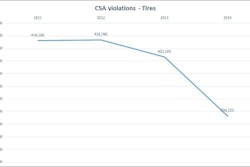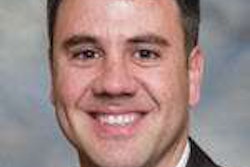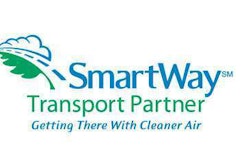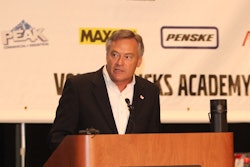My friend, distribution guru Bruce Merrifield, recently noted that Q2 earnings for publicly traded distributors aren’t pretty, “After netting out financial tricks, most distributors are reporting lower sales and profits.”
This year’s real business planning conundrum: Going forward, will you fall for the benchmarking myth and be happy with just matching the top-of-otherwise-mediocre operations, cutting costs and trying harder?
If any local markets are strongly outperforming last year, CONGRATULATIONS! For the great majority, 2017 planning has to be all about profitability and learning to cope with fading-economy statistics?
Why Not Find More Gold In Big Accounts?
How? Merrifield suggests applying a cost-to-serve (CTS) model on every account so you really understand your net profit and loss potential, and the fading-economy statistics. Then, investigate the sub-groups to uncover the:
- 10 most net-profitable accounts
- 10 biggest profit-losing accounts
- 10-20 most up-profit accounts, this year over last
- 10-20 most down-profit accounts, this year over last
Next Formulate a Real 2017 Plan
- Obtain your customer profitability rankings for two years.
- Contrast each account’s profits (or losses) from this year with last year. Then, rank the accounts with the biggest positive profit gains at the top down to the biggest drop in profit at the bottom.
- Ask branch managers and sales reps about the reasons behind the big-up/down accounts.
- Don’t be dismayed by stunned looks. They look at the same aggregated financial reports you do and the big-up/down stories invisibly offset each other.
- Learn lessons from the big-swing stories to apply going forward. What will you do differently to increase the odds that there will be more big-up and fewer big-down stories at year’s end?
- Look also for accounts that had about $1,000 in profits last year and $3,000+ this year. Are these innovative, growing businesses? Find emerging stars and pursue partnering with them. They will then grow you through future economic ups and downs.
Try the Nuclear Option: The CEO, Profit-Sales-Call Formula:
Do a customer profitability ranking. Personally call on the #1 (or few) most profitable accounts. Use your title to win audiences with higher ranked folks reps don’t get to see.
Have maximum account information and pre-written, best questions in advance if need be. Besides saying “thanks” and “showing the flag” have these goals:
- To do an immediate (or pitched for) “audit: of the buy-sell, inter-business process that has evolved between you: so far, un-managed and un-tuned.
- Find inefficiencies to fix with your people and dime. The account’s profits over-justify the investment.
- Improve the customer’s profits by the reduction of their “soft costs.” Find ways to consolidate small, frequent – line and invoice – purchases that also cost the customer recurring – downtime, expediting and emergency small order- costs. (You will save matching service-activity costs!)
- Find, deserve and win more share of sales.
Have faith that inefficiencies exist between the department silos at big accounts, and that if no competitor has done this formula first, you will find weeds. Simple, low-cost fixes will lower both parties “soft costs.” There is more sales volume to be had in spite of what the rep has been told/thinks.
Case Results: 100 to 1,500 percent returns
From both personal experiences and CEO reports, both Bruce and I have many great-to-fantastic stories to share. The costs for inefficiency fixes are typically a few thousand dollars. The profit improvements range from 50 to 300 percent. (On top of previous-year profits of $20,000 to $150,000 at profit margins from 5-14 percent of sales.) The first-year ROIs alone -for the cost of fixes – range from 100 to 1,500 percent.
Before you set appointments, let your team help you get case-study smarter before the first audit call. You will always find fixes, but how will you get the reps and branch managers on these accounts to follow through?
The 2017 business plan must define a new “enterprise account selling process” that scales. Branch and sales managers must spearhead these audit calls for more big accounts.
Bill Wade is a partner at Wade & Partners and a heavy-duty aftermarket veteran. He is the author of Aftermarket Innovations. He can be reached at [email protected].










